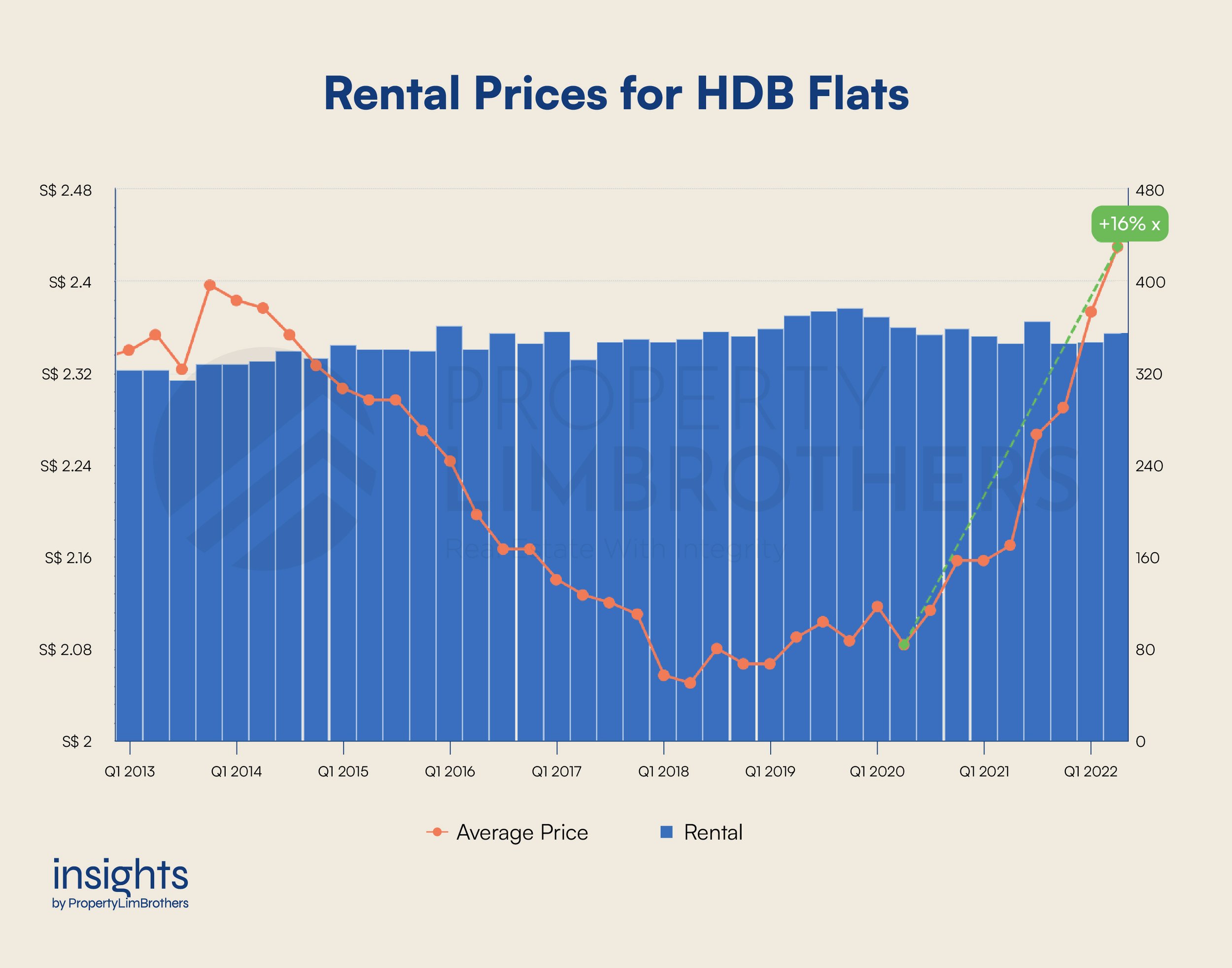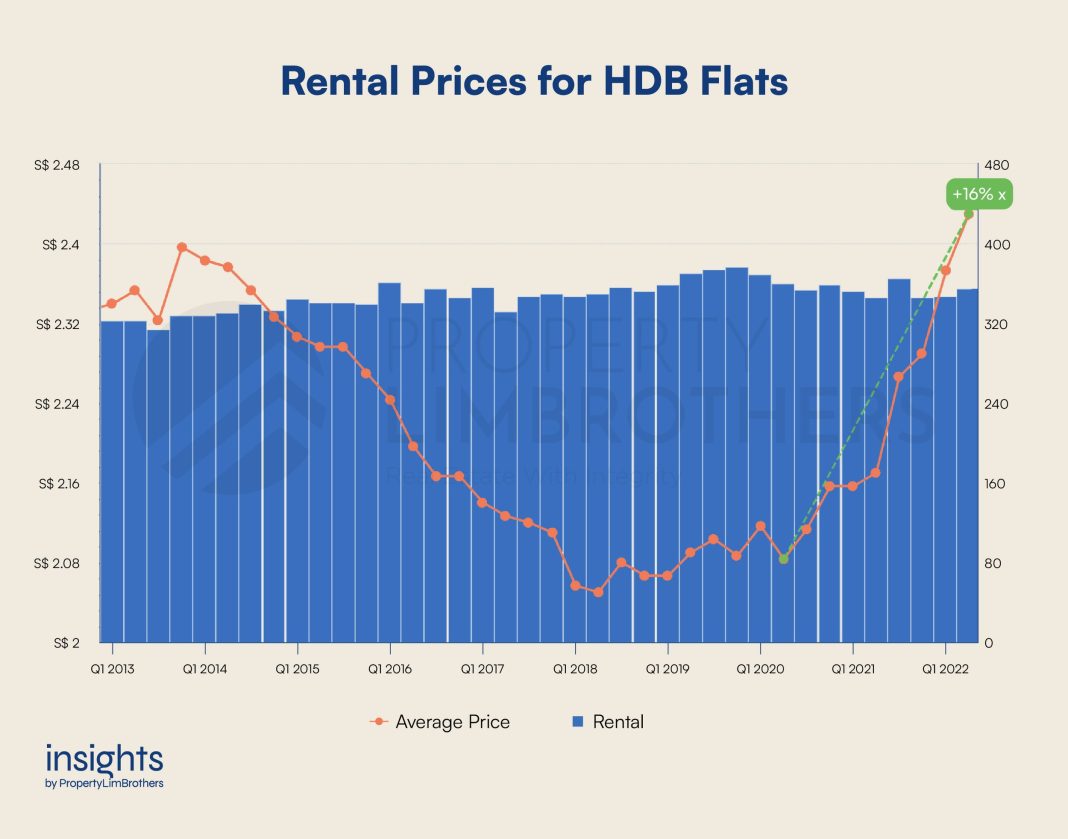 New Trends in Rental Prices and Market Dynamics
New Trends in Rental Prices and Market Dynamics
Introduction:
The pandemic brought about significant changes in the rental market, with both single-family and multifamily rent prices soaring due to the work-from-home trend and shifting migration patterns. However, the current landscape is witnessing a different set of drivers affecting rental prices, with some areas experiencing a surge while others are cooling down.
Multifamily Rents:
According to Apartment List, multifamily rents in April 2024 were 0.8% lower compared to the same month the previous year. This decline can be attributed to the influx of new supply entering the market, with more units in the pipeline. Although apartment rents did show a slight increase for the third consecutive month, the growth rate of 0.5% is relatively small. This is unusual for the spring season, which typically sees accelerated rent growth ahead of the busy moving season. The national median rent in April stood at $1,396, indicating a potential slowdown in the market.
Moreover, apartment vacancies are on the rise, reaching 6.7% as of March, marking the highest reading since August 2020. While new multifamily building permits are slowing down, the number of units currently under construction remains near a record high. In fact, last year witnessed the highest number of new apartments hitting the market in over three decades. These factors indicate that the multifamily rental market may face a sluggish summer ahead.
Single-Family Rents:
In contrast, single-family rents are experiencing much stronger growth, with a 3.4% increase in March year over year, according to CoreLogic. However, this annual increase is gradually shrinking as more supply enters the market from build-for-rent companies. The first quarter of 2024 saw a 20% increase in the construction of single-family, built-for-rent homes compared to the same period in 2023.
Molly Boesel, principal economist for CoreLogic, highlights that the continued strength in single-family rents suggests that potential homebuyers who are priced out of the housing market are opting to rent similar alternatives. Rising mortgage rates, reaching the 7% range, and increasing home prices have made it more challenging to purchase a home. This has led to a surge in demand for single-family rentals.
Regional Variations:
Among the 20 largest cities in the United States, Seattle witnessed the highest year-over-year increase in single-family rents at 6.3%, followed by New York at 5.3% and Boston at 5.2%. On the other hand, Austin, Texas experienced a decline of 3.5%, Miami saw a decrease of 3.2%, and New Orleans recorded a decline of 1.4%.
Interestingly, for the first time in 14 years, single-family attached properties, specifically townhomes, saw a year-over-year decline in rent prices. Molly Boesel attributes this decline to certain markets, primarily in Florida, but also including Austin and New Orleans. The completion of multifamily apartments has introduced more rental supply, intensifying competition within the single-family rental market’s attached segment.
Conclusion:
As the rental market evolves, it is essential to analyze the various factors impacting rent prices. While multifamily rents have cooled down due to an influx of new supply, single-family rents continue to rise as potential homebuyers turn to renting as an alternative. Regional variations further illustrate the diverse dynamics at play. It remains to be seen how these trends will evolve in the coming months, but understanding these shifts can help renters and investors make informed decisions in a rapidly changing market.


